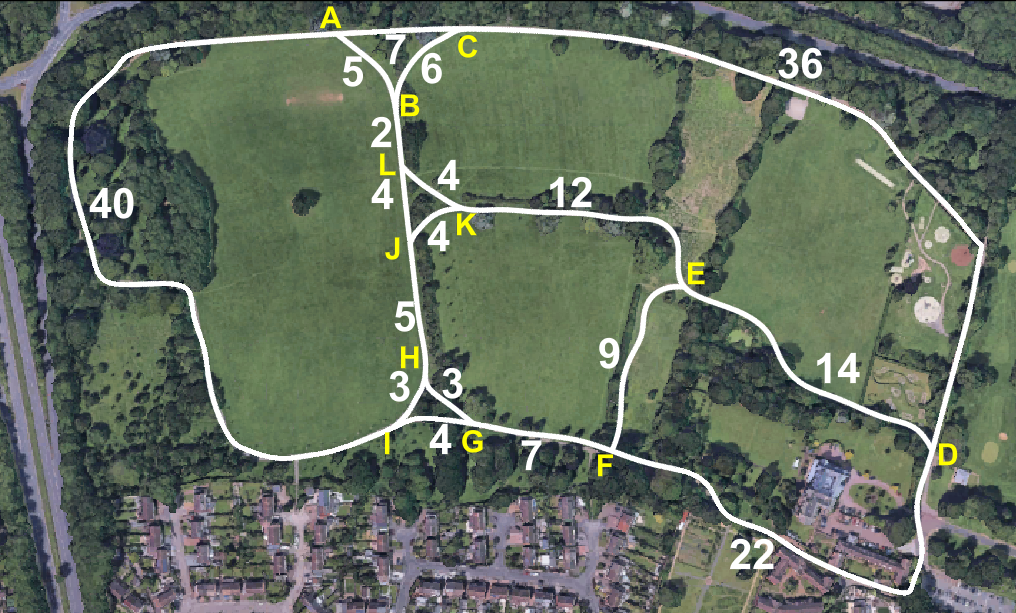We saw last week how the paths of Allesley Park are equivalent to the edges of a truncated tetrahedron.
We also saw that a path with certain restrictions was impossible for that network of paths. Let’s give that set of restrictions a name:
A Hamiltonian Cycle is one where you visit every node exactly once and return to where you started. You don’t have to use every edge.
A Eulerian Cycle is one where you must use every edge exactly once and return to where you started, but you are permitted to revisit nodes. Such a cycle is possible if and only if each node in the network has an even number of edges.
A Linean Cycle is one where you must use every edge at least once and return to where you started. You can select a minimal subset of edges to traverse a second time, but you must do so in the opposite direction to how you traversed it the first time, and also not immediately after the first time you traversed it.
We saw how a Linean cycle is not possible for the truncated tetrahedron. In fact I’ve yet to find an Archimedean solid for which it is possible, and have proved it impossible for a couple of other shapes.
Of the platonic solids (the tetrahedron, cube, octahedron, dodecahedron and icosahedron) a Linean cycle is possible for all but one of them. The octahedron is trivially possible, as it has an even number of edges at each node.
For which one of the other four is it not possible to form a Linean cycle?










